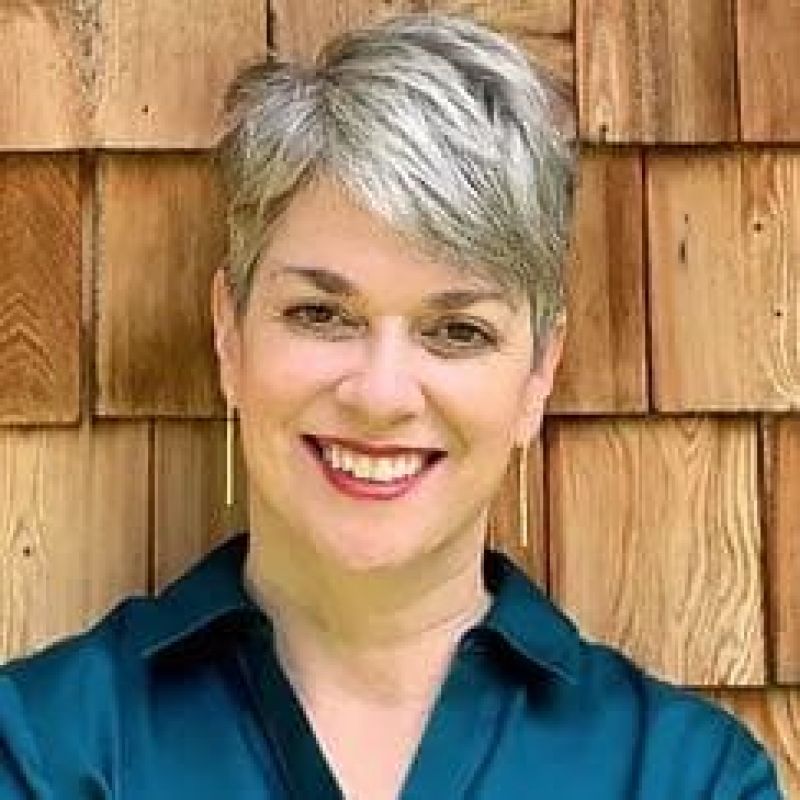PR Archives
From Our Blog

When I was a brand-new, green author who knew next to nothing and had no clue about how to promote my just-published first book, a wise friend told me that I needed a website. She sent me to Godaddy.com to buy my domain name and then constructed the basics of a very rudimentary website for my author business and books.
To me, it felt like magic.
Nowadays, thanks to some generous author assistan…

Marketing via social media can be an author’s full-time, unpaid job. Our publishers expect that we’ll do it well, consistently, in our author voice, making readers feel such a bond with us that of course they’ll buy our books, preferably by preorder or within the first week it’s out. A good portion of any marketing plan is based on the author doing more and more, and it can be exhausting.
To ha…
